
This year I am turning forty – 2020 (or 20+20) is my 40. In that sense, the decade has passed synchronously with a symbolic time period in my own personal biography: from young to grown-up; from new to semi-old, or just a little ‘used’. Ten years functioning as an educational journey into and out of Scandinavian contemporary art. For my part, the decade started in Copenhagen and ended in Oslo, all while weaving in and out of my more permanent residence in Berlin. That particular perspective possibly holds a stint of symbolic significance. After all, the 2010s may have been Berlin’s last decade as Europe’s artistic centre par excellence.
In 2010, I could have bought a 100-square-metre flat in Neukölln for about EUR 200,000. And a coffee was two euros. Today, a flat of that size would probably cost closer to EUR 500,000 if not more. The coffee is better these days – and Nordic – but also costs twice what it used to. I have given up entirely on keeping tabs on property prices, since it is not really an option for me any longer. I’m not on the property ladder and can’t get my foot on the first rung. When I was last looking for a new lease in my former city, so many people turned up for the showings that the crowds had to be admitted in groups. And the only reason that my then-boyfriend and I got a foot in the door amidst this ceaseless Black Friday mob on a market with far too few rental flats on offer was that someone had typed the wrong date in an advertisement headline and we, by chance, spotted the right date in the fine print.
The 2010s was the decade of financialisation, the decade when money became an interpersonal issue. It was a decade in which your decision to buy a flat or not would determine whether you became a millionaire. A train passed by and, almost randomly, some just happened to fall into this ever-moving paternoster lift. By the time we got out of the 2010s, the difference between the fiscally strong and weak had become a difference that is no longer ‘zwischen Oben und Unten, sondern zwischen Dir und Mir’ (between the upper and lower [classes], but between and you and me) as a an old graffiti in the Kreuzberg district says. In short: pecuniary problems turned personal. In Berlin, this crushed the dream of a capital city, central in Europe, where property speculation and gentrification had no foothold. The dream of a place where one could act, innovate, and believe in the utopia of another collective kind of agency – a city of occupying and owning one’s own space – disappeared.
The same thing happened in Scandinavia. Certainly in Oslo – which, slightly delayed, followed in the footsteps of Copenhagen – and Bergen; cities that have all somehow become ‘mine’. In 2010, I visited Oslo with another former boyfriend (an in many ways better looking, but also more depressed German individual than his aforementioned counterpart). My beautiful partner exhibited at 1857, then a brand-new exhibition venue in the Oslo district known as Grønland. He was in their second show ever. I was just there as steward, as a second-rate technician and emotional support animal. It was all very DIY. We stayed somewhere on Tøyen, I think, on the floor of co-founder Stian Eide Kluge’s living room.
Not long after, I was heading north again. By this time, Stian and the other founder of 1857, Steffen Håndlykken, had both become friends of mine, and they showed me a basement that would become Esperanza Rosales’s gallery VI,VII. We also dashed across the railway tracks to Kunsthall Oslo – I think I visited Will Bradley, the artistic director, in the middle of Bjørvika. New formats were mushrooming everywhere in the Norwegian metropolis; delving into its depths, you would find artist-run places like Dortmund Bodega, Tidens Krav, and No Place taking root. It seemed as if anything was possible if you tripped the light fantastic from the Grønland district and beyond. Marta Kuzma’s new OCA (Office for Contemporary Art Norway) premises and Linus Elmes’s UKS (Young Artists’ Society) in Lakkegate turned heads internationally, and on the other side of the Norwegian mountains, Solveig Øvstebø’s legendary programme at Bergen Kunsthall reached far beyond Scandinavia.
In the capital, the few remaining factory buildings – the last of the old industrial slum – was a playground for the city’s artists for a number of years. By the end of 2019, 1857 conclusively brought its programme to a halt after having to give up on relocating – their recipe for success was a blend of concrete barracks, display windows, and personal accommodation – to a private flat in the well-heeled Frogner district in the city’s west end. Here, culture was not welcome. It’s a great image of a decade: It all began in a playful place where cultural initiatives were able to grow and elevate themselves, but as gentrification, urban renewal, and soaring property prices became all too real – in Berlin as well as in Oslo – art became superfluous (from the perspective of the forces of finance capital) and, at worst, completely unwanted.

In Denmark, things were also flourishing in the early 2010s. As in Oslo, the artist-driven art scene was seething and bubbling. The city sprawled. The collectives that initiated the exhibition spaces Toves and IMO were central figures, to mention just a few of the artist-run and curator-driven initiatives launched in the city. I know this because in 2010, I started my first job as a curator at Kunsthal Charlottenborg, moving my life partly to Denmark from Berlin.
Perhaps my own situation – my new job, my first ‘real’ curatorial position – was part of why the beginning of the decade felt like we were on our way to something new and different in the region, heading for new conversations, new institutions. In 2011, I exhibited Nina Beier at Kunsthal Charlottenborg and danced through the night with Standard (Oslo)’s Eivind Furnesvik and Henrikke Nielsen from CroyNielsen, which were then young galleries. Ten years later, they are firmly consolidated commercial establishments struggling with their mid-sized formats.
The exhibition at Charlottenborg proved a breakthrough in what would be an outstanding decade in Nina’s artistic run – and a breakthrough which prominently addressed globalised balances of power as she used second-hand animal prints behind glass (feminine souvenirs of exoticism) to take over the white painter’s modernist abstract imagery, ambushing it from within. At the same time, Danh Vo was taking off too. His personal narrative of migration – refugee as one of the ‘Vietnamese boat people’, his father’s Rolex watch, a grandparent’s first washing machine – coupled with a cynical reading of the art industry’s desire for a critique of its own Western values proved effective. Pointing out inequitable conditions in the mix of identity and politics, issues which came to dominate the entire latter part of the 2010s, both bodies of work flourished.
Back then, at the beginning of the decade, I actually nursed a dream of proposing Danh to exhibit his vast, fragmented Statue of Liberty replica We the People (2010–14) scattered across Copenhagen. A symbol of how the Americanised body (which embodies the notion of freedom through personal financial muscle) was about to spread itself out across the Danish capital as a powerful golden handshake – a farewell to the welfare state. That never happened. But, years later, Danh did exhibit parts of the body at the National Gallery of Denmark (SMK). Another kind of symbolic farewell.

Towards the end of the decade, it became clear that SMK’s platform for contemporary art known as X-rummet – a place for the other unknown ‘X’ artists or works, and where Danh (still being a fairly uncharted position) had exhibited his work at the beginning of the decade – would soon close. By this time, the annual 2 per cent cutbacks (initiated by right-wing politicians) across the realms of culture and education had made such deep slashes in Danish cultural policymaking that there was virtually no culture left. Culture was forgotten behind the politics, and policies whittled away. In Denmark, the currency for culture grew so meagre that the small and medium-sized formats – whether exhibition venues or programmes – became threatened, like the animals behind the prints kept behind glass in Nina Beier’s works. Not unlike the overall ecology of the world. On the brink of 2020, our climate and national debts appear irreparably out of balance.
In Norway, there is still hope. The extraction of oil and the oil fund’s investments continue to impact favourably on the balance of payments. As a result, fewer cuts are made to the cultural economy. If we take a broader view, there is a kind of justice in Norway’s financial domination having been under Danish rule for four hundred years and, later, under Swedish rule for almost a hundred. Not least because Norway has in recent years, thanks to the perseverant efforts made by OCA and others, become Scandinavia’s main champion of (post) colonial issues by focusing on the Sámi, the Indigenous People in Norway, Sweden, Finland, and Russia. These issues had their big moment in the international spotlight in Kassel at the art scene’s convention, held every five years, to celebrate the slightly hollow-sounding ‘freedom’ of art – Documenta.
But of course, Norwegian money is far from ‘pure’. And, unfortunately, despite the efforts of the OCA and others, it hasmainly been invested in new signature buildings – the National Museum and the Munch Museum – rather than in active exhibition programmes or artistic endeavours. This political choice has meant that the National Museum does not have sufficient funds to fill its own new building on the Oslo waterfront. This has resulted in the museum bringing on board a private collection, namely, that of Cecilie and Kathrine Frederiksen, the twin daughters of Norway’s richest man. ‘Having’ to do such a thing seems rather absurd in what may be the richest country in the world. It has the ring of political strategies ruled by financialisation rather than definite necessity – an illustration of how savings can be used as a mantra to assist a slow dismantling of a national art policy (just as the state is slowly divesting itself of railways, health, and more).

In short, by the end of the decade Norway was moving towards a (cultural) policy governed by those who pay, not by (art) experts; towards a regime led by the (‘free’) market and its infrastructure – ignoring all aspects of communality and culture. As far as I remember, the Frederiksen sisters’ collection is based on wealth accumulated outside Norway in a tax haven whose monetary ‘benefits’ far exceed the amounts that are now buying back the family name in the country that did not receive a single krone for years and years.
This points to a growing awareness of the non-governmental power that controls national as well as super- and sub-national movements. In her 2014 book Extrastatecraft, Keller Easterling analyses this influential infrastructure, from road networks and the size of credit cards to intercontinental internet cables and tax-free states (think the Panama Papers). In sum, it offers an analysis of the power that resides outside the state, but acts as a co-pilot in any national construction.
Another term for this is the German literary scholar Joseph Vogl’s concept of “seigniorial power” (that he employs, among other places, in The Ascendancy of Finance [2017]), which points to how the modern nation state was created on loans supplied by private actors for purposes such as building armies. A useful digression to hammer home the fact that in the 2010s, the infiltration of finance capital into culture became visible, even in this welfare-state vicinity of the world. The arm’s length principle between private interests and public or general objectives shrank to the length of a little finger.
The advent of identity politics
Fortunately, other things also shrunk somewhat in the 2010s. The face of patriarchy took some serious blows, at least on the surface. The art academies investigated and deposed years of abuse of power. Now, it seems like a long-fossilised age when I think back to the beginning of the decade when my (above-mentioned) beautiful partner – who was of course an artist, studying alongside figures such as Norwegian artist Yngve Holen and New Zealand’s Simon Denny – was leaving the Städelschule in Frankfurt, where the doctrines of apprenticeship still held sway. In fact, my boyfriend was flatmates with Yngve, meaning I know him from a time in a collective with no clean glass in sight, mould in the bathroom, and Der Spiegel in the loo. Very different from today, where Yngve exhibits his works all over the world, and I head an institution in his homeland.
Indeed, it was a different age. Back then, professors dated their students. And at Städel, several of Tobias Rehberger’s students served as cheap labour at his studio. #MeToo hadn’t been invented yet. The power relations were off-kilter and off their head. And so were the people. Or drunk. Much of the teaching took place after working hours at the city’s various bars. The rules of the game were, most of all, like a plagiarism of Martin Kippenberger’s Cologne: harassment, fear, and trembling – all mixed up with wryly acerbic humour. Great fun for those at the top. It was (hopefully) white men’s last shameless heyday. A privilege that was still indisputable at that time.
Now, a little over ten years later, this entire power structure is, fortunately, being challenged. Today, the patriarchy is quite rightly under fire, as is the ‘white’ of the cubes or spaces of art; binary normativity is being pushed, and Western cultural history is on its way to becoming provincialised. And that’s good. The ten years did make a difference.
Dancing On My Own
At the same time, other shifts have occurred. Some of them less fortunate. Getting back to Rehberger, I remember how my boyfriend (who also worked at his art factory for a pittance) and I were at the Hotel Bauer to celebrate the professor’s Golden Lion award for his ugly café in the International Pavilion at the Venice Biennale. Symptomatically, he bought a drink for himself, but none for us; we each had to pay the 25 euros for a drink ourselves. In a way, I think that Rehberger’s small, but monumentally ungenerous gesture ushered in the decade to come: everyone was buying, but buying only for themselves.

In these days of COVID-19, when social distancing is everywhere, where the Danish Social Democratic Prime Minister Mette Frederiksen’s ardent speeches have become emblematic of a new wave of community feeling and state responsibility, it is easy to forget that the 2010s was a decade in which the very fabric of society moved one step further away from solidarity and the collective assurance of welfare. A decade when communal building blocks were swapped for individual loans. And like the Greeks, many individuals – also Nordic – fell through the cracks because Deutsche Bank and others speculated against them. The same goes for the art world. Not many survived this decade without suffering deep wounds. The question is: What impact will the much steeper state and private debts have after this pandemic plague?
The 2010s taught us how to rent music on Spotify and upload private photos on iCloud or via Dropbox. Money could buy you personal (data)bases. Without a Jottacloud or an extended Google account, you won’t have enough space to store all your sexting photos. And without Airbnb, you might not be able to pay off your mortgage at a time when a coffee is four euros. Rather than being employed and renting a home, in the 2010s everyone became investors, lonesome speculators on the vast housing market, neck-deep in debt and entirely at the mercy of their bank – or got cut off from this carousel altogether, like myself.
In line with this individualised focus, the subsidies circulating within the field of culture were directed towards talent development, self-promotion, and professionalisation. A decade in which the cultivation of an art field was replaced by a new focus on the individual singular artist as an independent entrepreneur. Everyone was sent off as lone rangers: each individual’s ‘networking’ became more important than a shared discourse, and a good pitch or portfolio become more important than a good practice. In Norway, the TalentNorge scheme has left its mark – recently followed up by Arts Council Norway’s so-called “cultural economy project,” which aims to promote a sector with “increased earnings.” In Denmark, the Danish Arts Foundation has launched what the foundation itself describes as a “career programme” carrying the utterly pompous title: The young artistic elite.
Throughout the decade, we talked about the curator’s approach and gesture as “care.” This is something that worries me. While I agree that we must pay attention to, care for, and look out for each other, the individual curator and the individual artist cannot compensate for a system that fails them. When there are no firm structures at the bottom of things, when society’s support structures fail the utterances and modes of expression that differ from their market-oriented counterparts, is it then up to the curator to take over and take care of the artist and the art – dancing all alone to the soundtrack of Sweden’s all-star Robyn, whose 2010 hit ‘Dancing On My Own’ nailed the tenor of the decade?
The not-so-golden mean
On a personal level, the decade – my thirties – corresponded to a period in which the art world’s opportunistic way of eating souls became evident. In the 2010s, the rich became richer while the middle classes dwindled. The global neoliberal economy starved the middle – and the poor, of course (but that’s nothing new). In the art world, this became clearer than ever. Not just financially, but also in terms of age. The mid-career, medium-term practice was overlooked. If youth is sexy and ‘old’ artists and curators can be ‘rediscovered’, what happens between the ages of 35 and 55?
The middle road is no good; it is a not-so-golden mean. And this is perhaps the place that hurts the most. This certainly grew evident in my two longer relationships with male artists who did not get their breakthroughs while in their thirties. Both are artists who – when they had not entered the higher echelons some five years after graduating from various art academies, despite doing PhDs and sporting exciting practices – sank far below the surface of Instagram and (professional) interest.
In the 2010s, the struggle to establish a body of artistic work was no longer outside of time, or “extemporary,” but pledged within an economy of time where every minute is precious, making it all a battle against time. A battle for some time of one’s own in the ever-churning centrifuge of financialisation as its constantly escalating competition and costs flung the middle-aged (somewhat worn) artist (or curator) out of the cities, Berlin included.
Concurrently with this, many medium-sized galleries either closed or reduced their scope of responsibility to their artists, who they could no longer help by paying for production costs or storage space, etc. The road to survival now went via either the very young, brand-new, and (perhaps) opportune (non-profit or for profit) formats, or via Gagosian and Hauser & Wirth, Louisiana and ARoS (who did not pay the artists). The art world moved closer to becoming absurd theatre, which is one of the reasons why the Instagram memes by Jerry Gogosian – a moniker created by former LA gallerist Hilde Lynn Helphenstein as a mix of her “perverted uncle” (Jerry Saltz) and “Oedipal dad” (Larry Gagosian) – pointing out this hypocritical go-go-stop dance on a daily basis are so funny today.
To biennial or not?
The solitary dance in the gig economy’s mire of cultural actors, all of them eagerly talking about agency, was perhaps most apparent in the dissolution of the biennial. Contrary to the claims made in Frieze by the Danish critic Kristian Vistrup Madsen, who wrote somewhat ahistorically about the much-maligned Oslo Biennial as something completely new and different, the 2010s were marked by umpteen different attempts at reinventing the biennial format. Everyone was trying to make these mega-events more organic and more ecological, stretching their extent in time from the aggressively momentary to something longer-lasting.
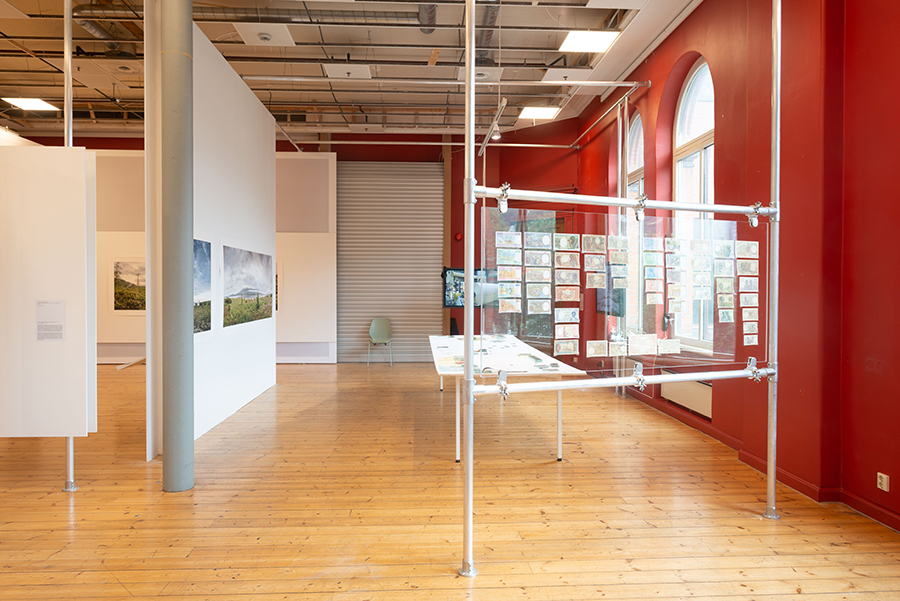
In its 2017 edition, the aforementioned Documenta expanded its timeframe and its collaboration with artists to encompass several stages, with all artists exhibiting in both Athens and Kassel. This broader, overall push towards new formats had its de facto beginnings in the Nordic countries, specifically in Bergen on the brink of the new decade with the big Bergen Biennial Conference in 2009 – asking, somewhat tritely, the question, “to biennial or not to biennial?”
The Oslo Biennial – which largely borrowed its rhetoric from its fellow Nordic rebel and its subsequent result, the Bergen Assembly Triennial (whose second edition I co-curated) – seemed like a late ripple in this long sequence. Because it appears that changing the biennial format is no longer avant-garde, but middle-of-the road, as reflected in the many efforts to be (better) integrated locally, to be slower – with Berlin’s upcoming Biennale (publicly active for more than nine months before its now-postponed ‘opening’ in 2020) as a recent example.
Of course, I am not opposed to such longer-term collaborations with the artists. In fact, it’s something I myself insisted on when I co-founded with my good friend and colleague (aka my artwife) Kristine Siegel the institution PRAXES Centre for Contemporary Art in Berlin in 2013 – just before the city’s real-estate transfer window closed. With PRAXES, we queried the accelerated news cycle by working with two artists for (a whole) half-year, showing a succession of several different exhibitions (rapidly alternating among themselves) by each of them. These are issues I continue to be invested in as head of UKS in Oslo. With this job, I could be said to have “followed the money” to a place (i.e. Norway) where everyone (including myself, after leading a zero-profit freelance existence in Berlin) is actually getting paid and the formats are not just well-meaning, but also strive to be fair; a place where the time that we (i.e. the institution) grant the individual project and give the individual artist is more or less paid.
However, one of the questions still on the agenda is whether these many new formats are making enough noise to stir up political winds of change after a decade in which terrorist attacks became a reality in Scandinavia (the Social Democrats in Norway have lost a generation) and where the defining trait of your individual freedom became whether you were part of the precariat or in the pecuniary (self-promoted and professionalised) pink. Core questions remain – as repeatedly asked by new art-critical voices such as The White Pube – what happens to public space in a privatised present and future, and, not least, who decides who gets to speak into that space and out of it again?
In these days of isolation, eager digitisation, the rapid devaluation of the Norwegian currency, and the economic crisis around the world, will the efforts made towards sustainable initiatives be thrown out with the bathwater in the mad dash for new investors or talented click bait? What drives access to our common or shared space (if indeed we were even allowed to be together, as hopefully we soon will be again)? Who are the individuals able to keep up with these new housing and art markets – online or on-site? Who has the right to speak in these partially privately-owned public spaces, and what fallout will we see from the focus on following the personal money?
– Rhea Dall is director of UKS in Oslo. In 2016, she was one of the artistic directors of Bergen Assembly, prior to which she founded the art institution PRAXES in Berlin after being the curator at Kunsthal Charlottenborg in Copenhagen in the early 2010s.
– The essay is translation from the Danish original.
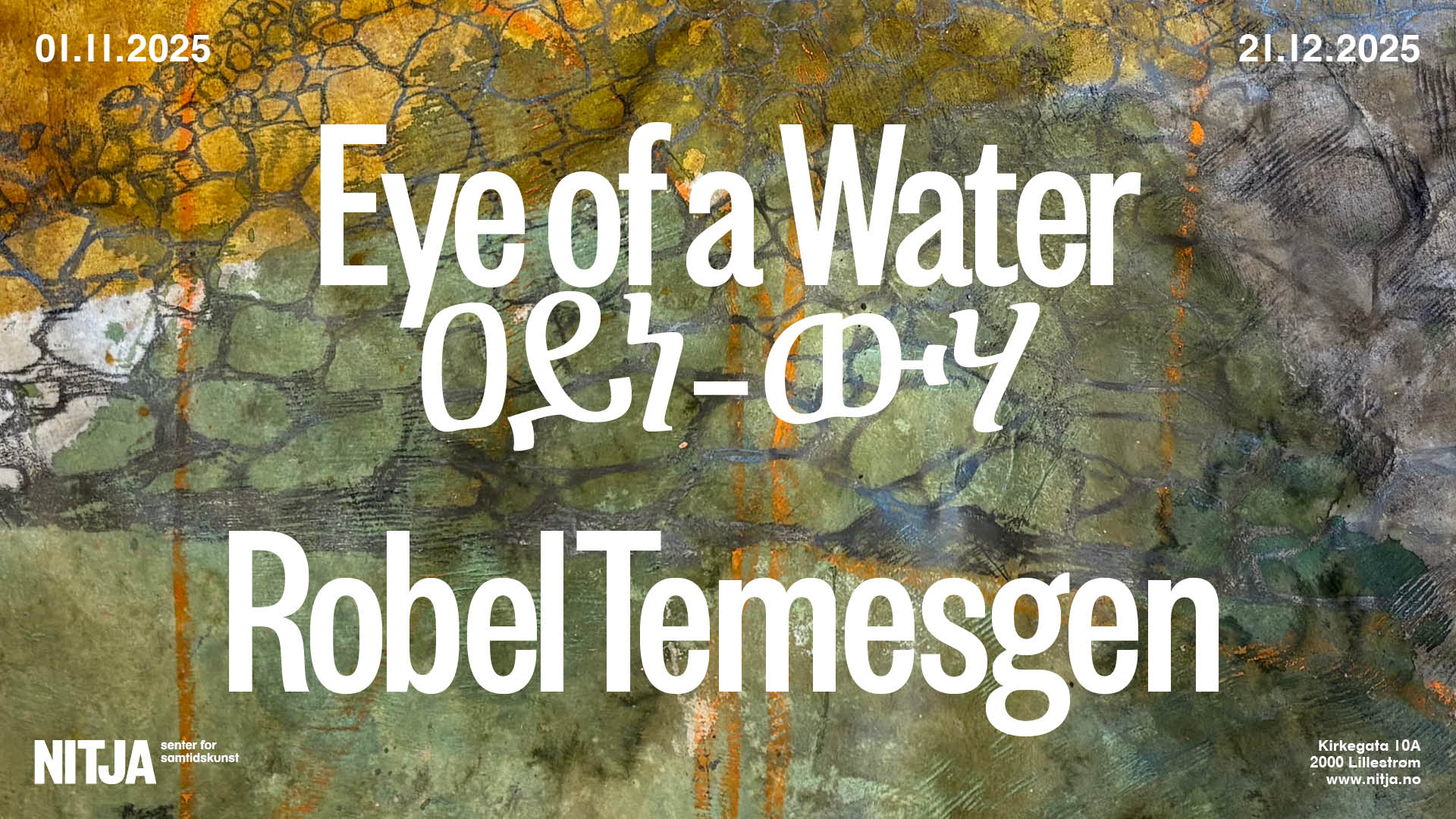



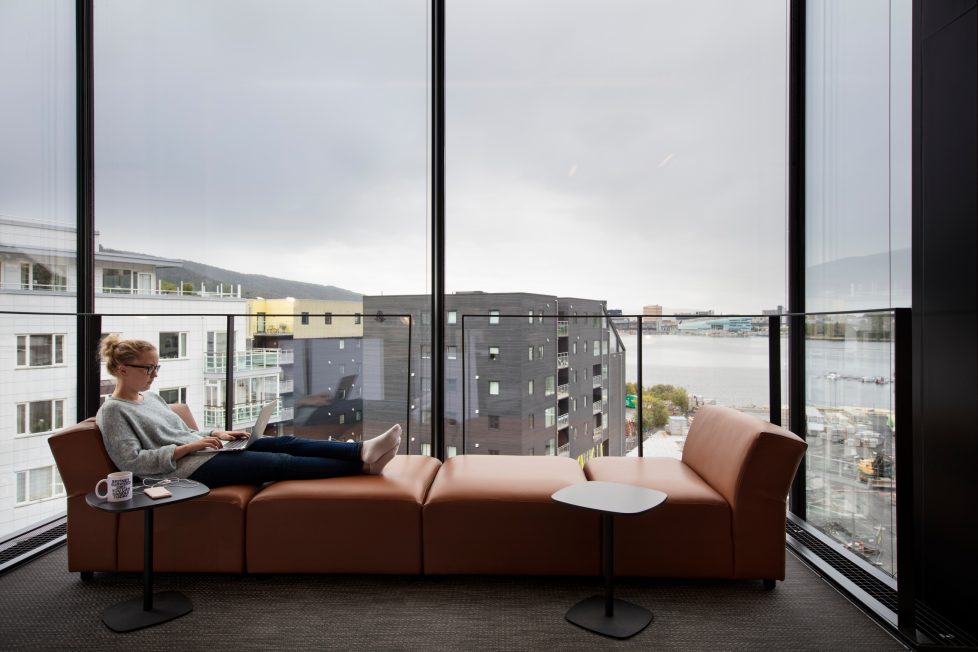





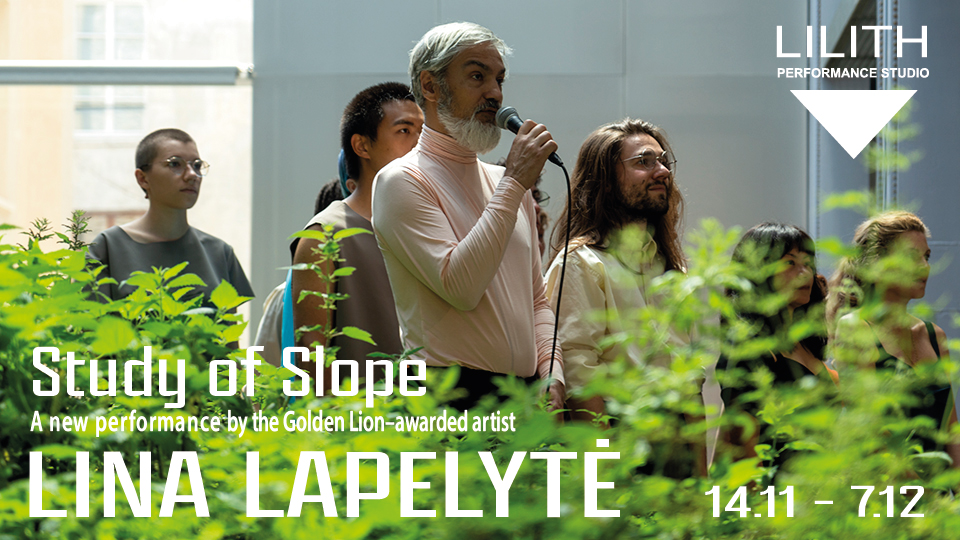
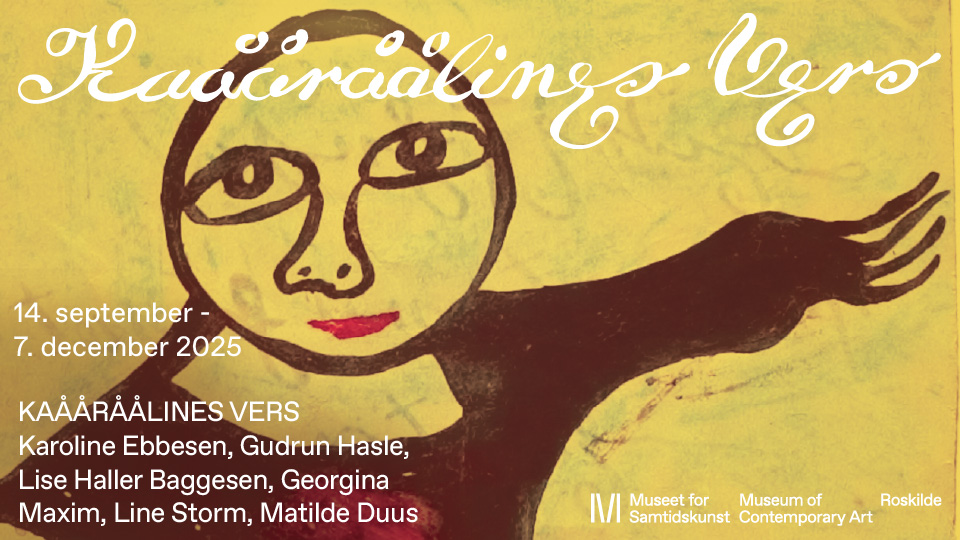
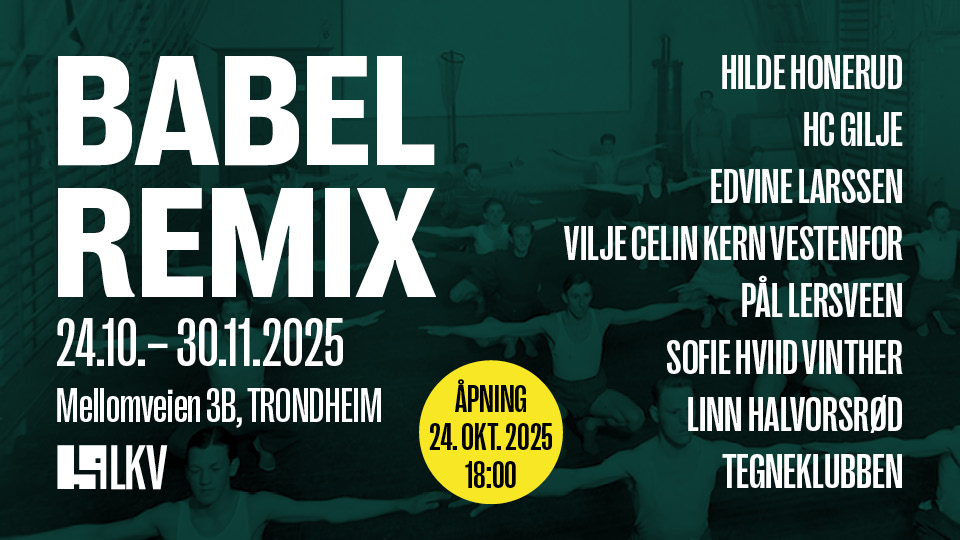
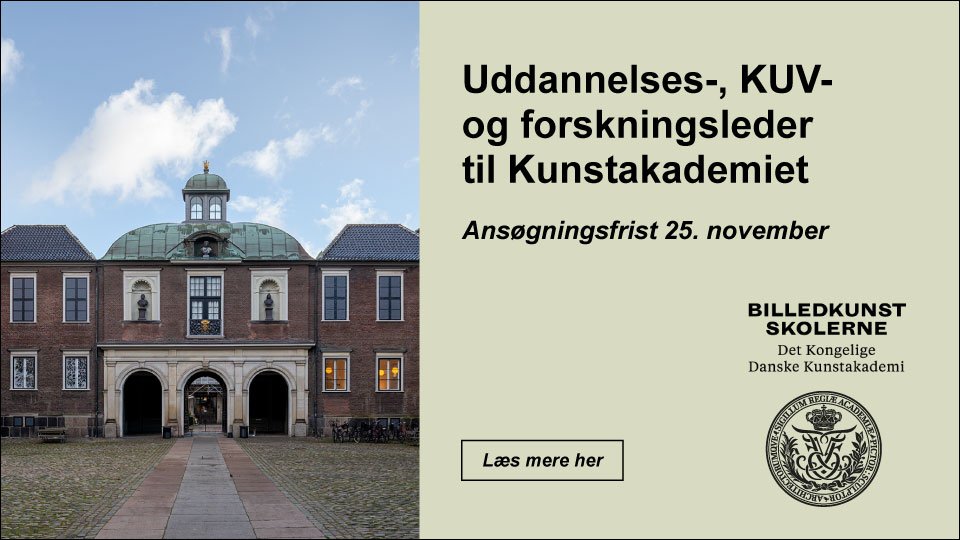
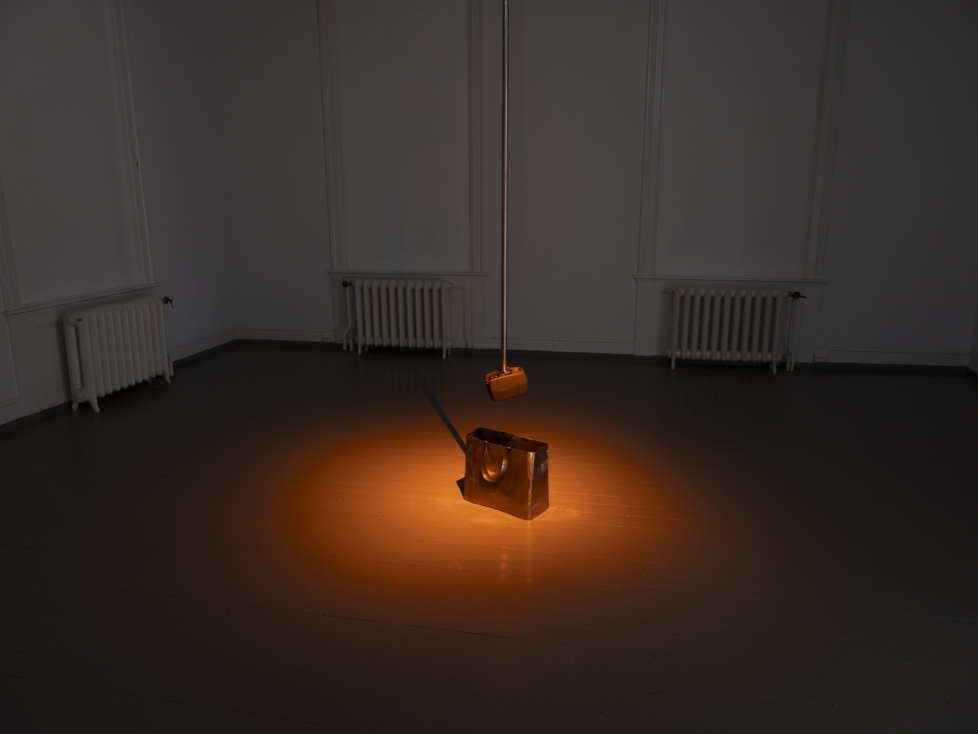
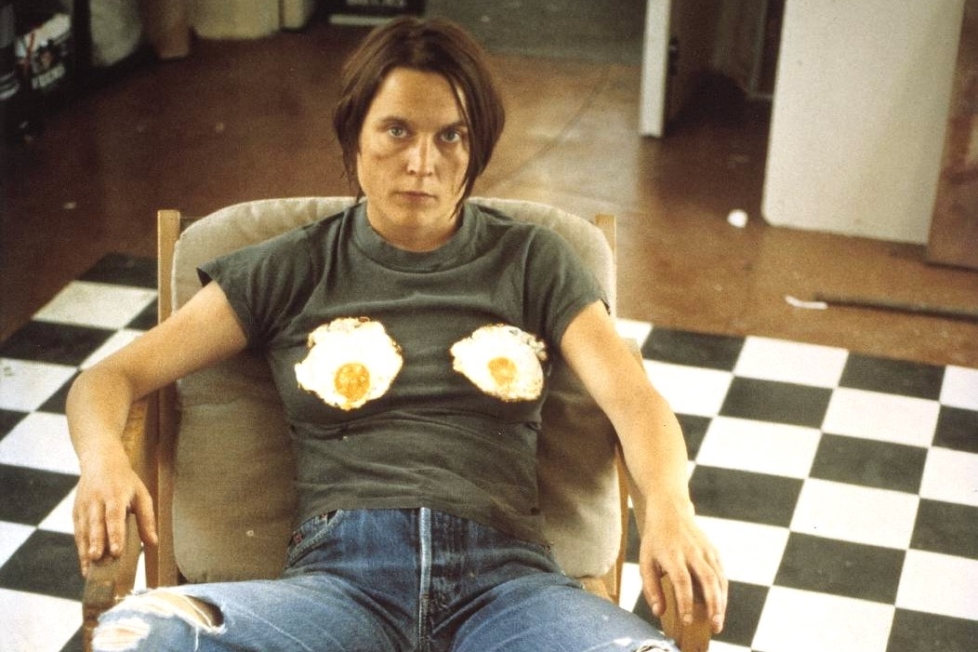
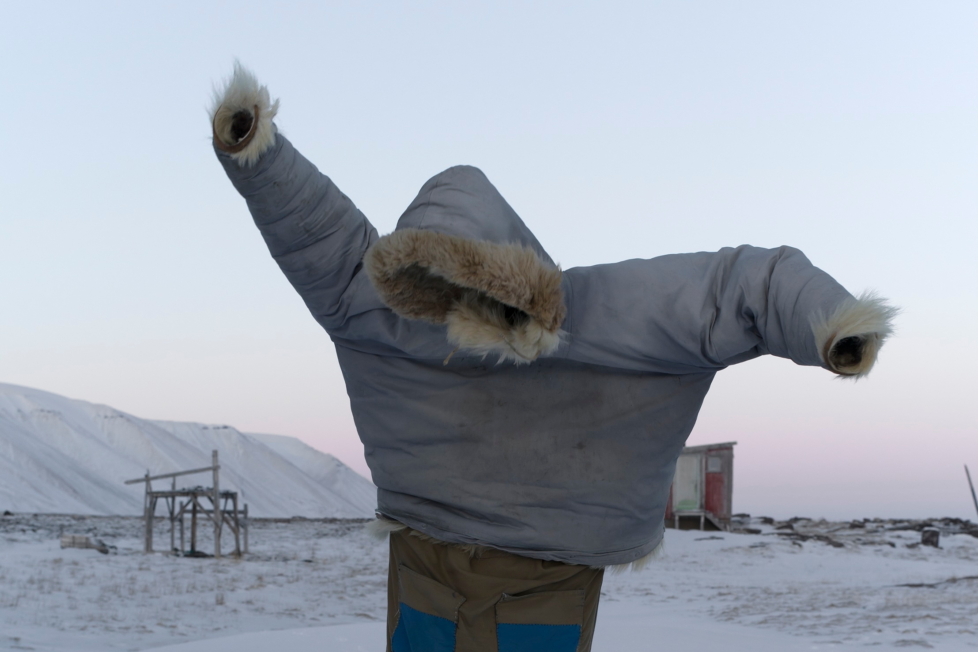
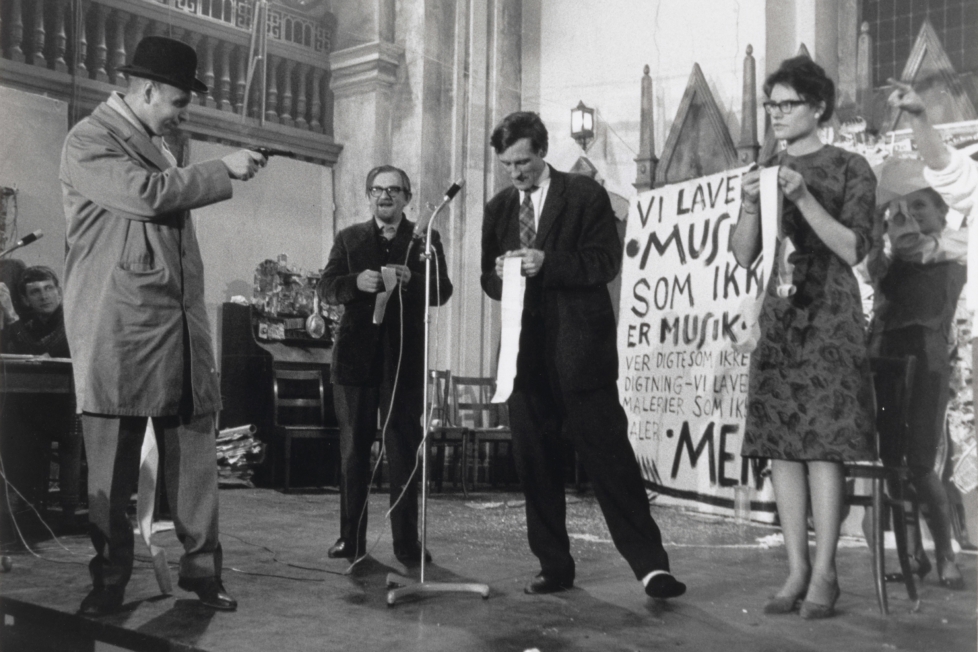
Diskussion